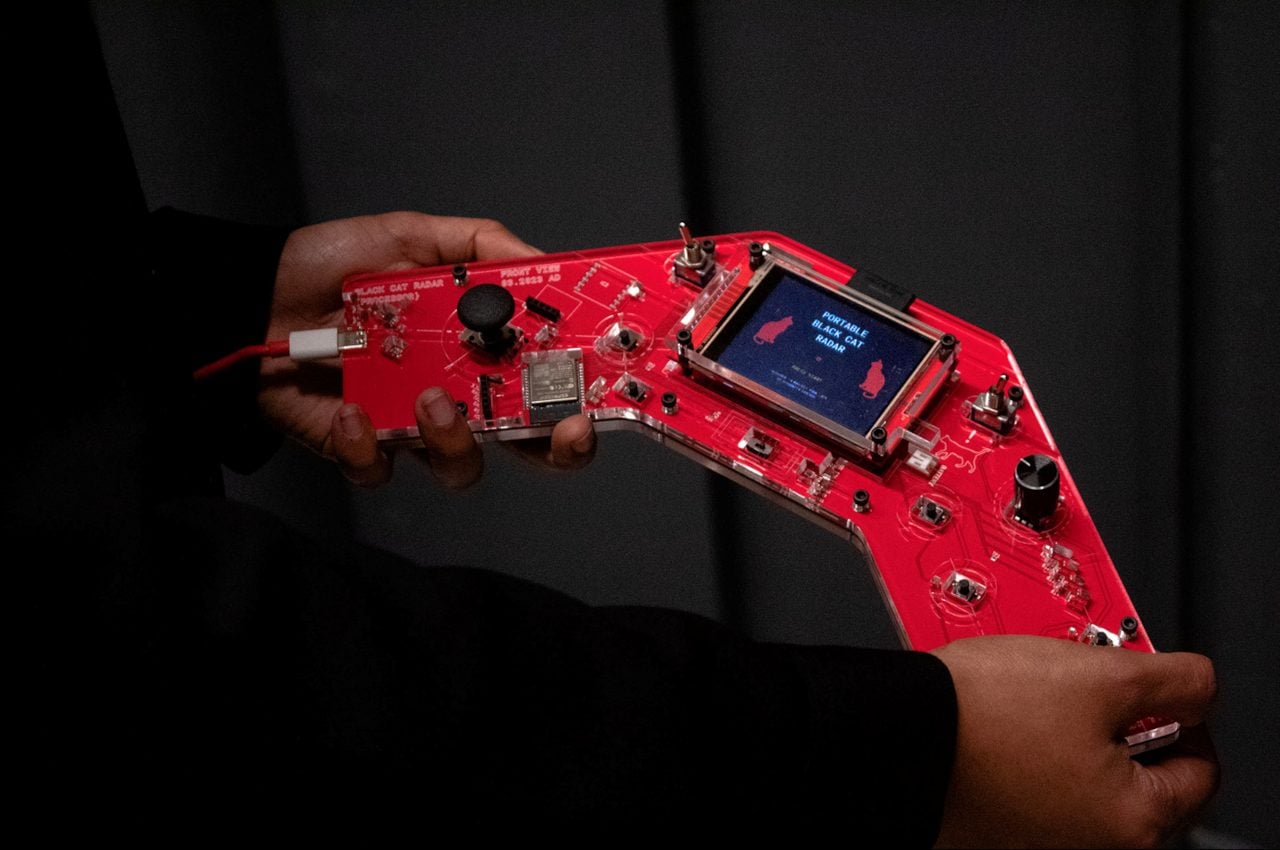
Who doesn’t love black cats? The answer: those of us who value our luck. It’s common knowledge amongst the superstitious that the presence of black cats can only precede a string of misfortunes… depending on where you live. Some cultures consider them good luck, whereas others disagree. Regardless of your opinion on the, shall I say, aetheric attunement of black cats, you’ll want to take a look at this clever hand-held radar created by Kinky Kashayam — a small team of industrial and creative designers based in New York City and Toronto. Called the “Portable Black Cat Radar,” or the “BCR” for short, this rather unusual project is part of a series of conceptual inventions the team has dubbed “Machines that Respond to Superstitions”.
Designer: Shashwath Santosh, Nithin Eluvathingal (via Kinky Kashayam)
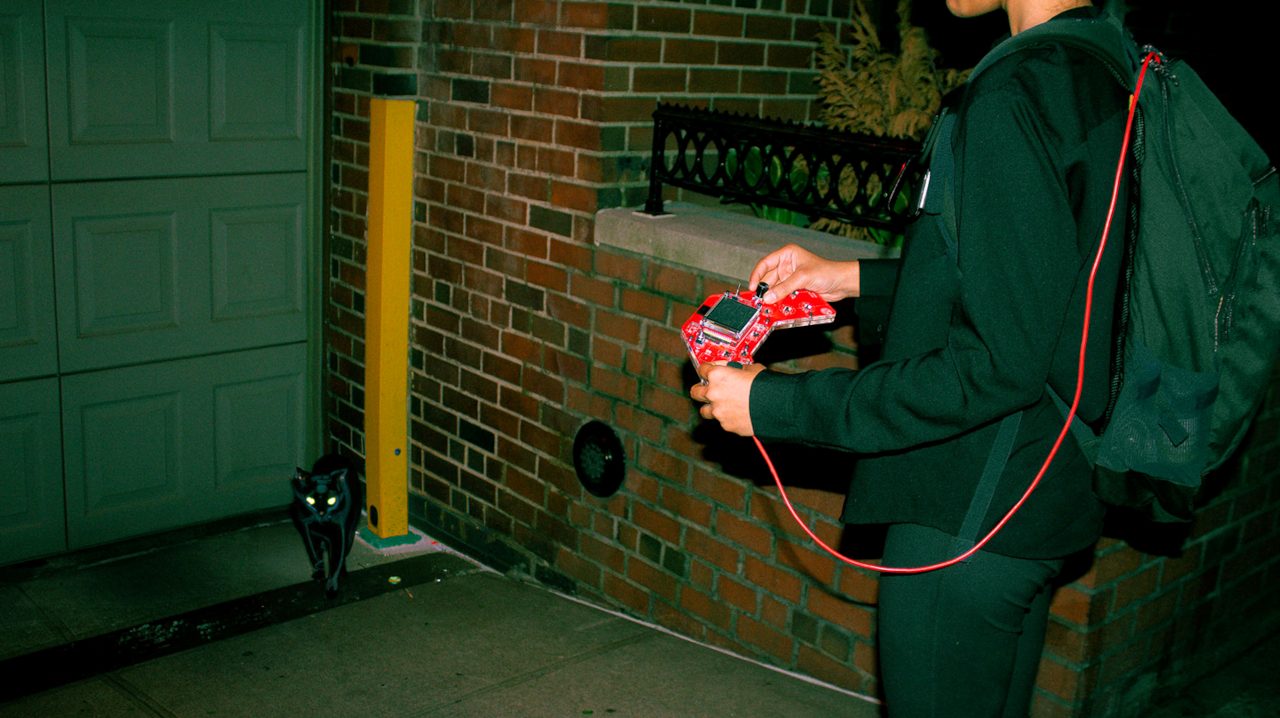
According to Kinky Kashayam, “Many of us have encountered the ideology that crossing the path of a black cat will bring calculated misfortune. If only there were a machine that could show you all the black cats in your vicinity, so you could avoid crossing their paths and protect your luck.”
The parallel childhood experiences of the founders — who’d both developed their own thorough distrust of black cats for different, albeit similar reasons — formed the project’s innermost inspirations. Recalling the incidents of their youth to Yanko Design, black cats crossing their paths seemed the likeliest culprits behind a strange encounter at an airport and less-than-stellar grades on a final exam. Developing the Portable Black Cat Radar together has essentially become the Kinky Kashayam team’s way of reconnecting with their childhood imaginations while tinkering with advanced gadgetry — and, as unconventional as it may seem, this really does work like a radar of sorts.
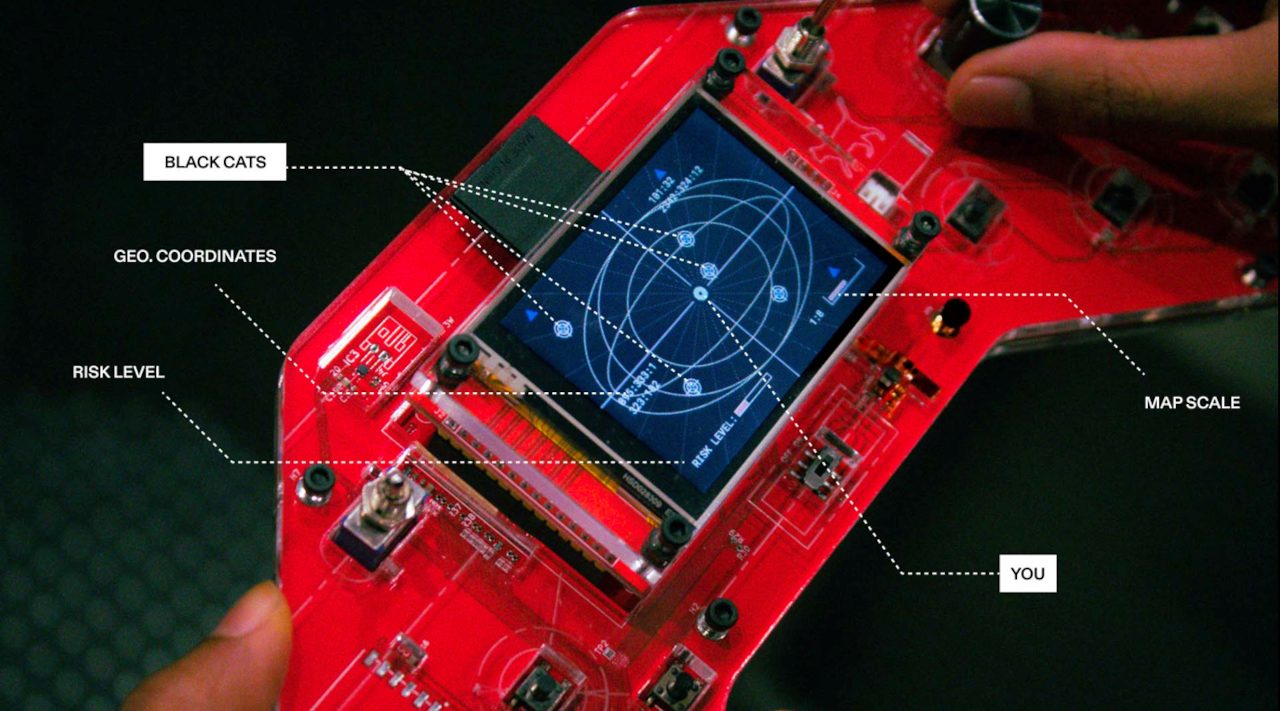
Indeed, the existing Portable Black Cat Radar prototype is packing some interesting stuff. Its custom-printed red circuit board is sandwiched between see-through acrylic plates, containing a GPS, gyroscope, and magnetometer. Those are all necessary to project the user onto a virtual map relying on real coordinates to feed it live information — in fact, the radar’s built-in software works much like a Niantic game, like Pokémon Go. The display on the center of the radar shows the user’s location while “fictional black cats” appear as encounters on the aforementioned virtual map, and it sounds like there’s a gameplay element behind the user’s choice to avoid or interact with them.
While there’s no production schedule in place yet, it sounds like this is due to change soon; a few devices could get produced and distributed through the studio’s social media channels. Whether or not a final model of the Portable Black Cat Radar will be able to truly detect any real black cats is another matter altogether, though it’s unlikely — unless, perhaps, the BCR is reconfigured to look for microchips or RFID tags.
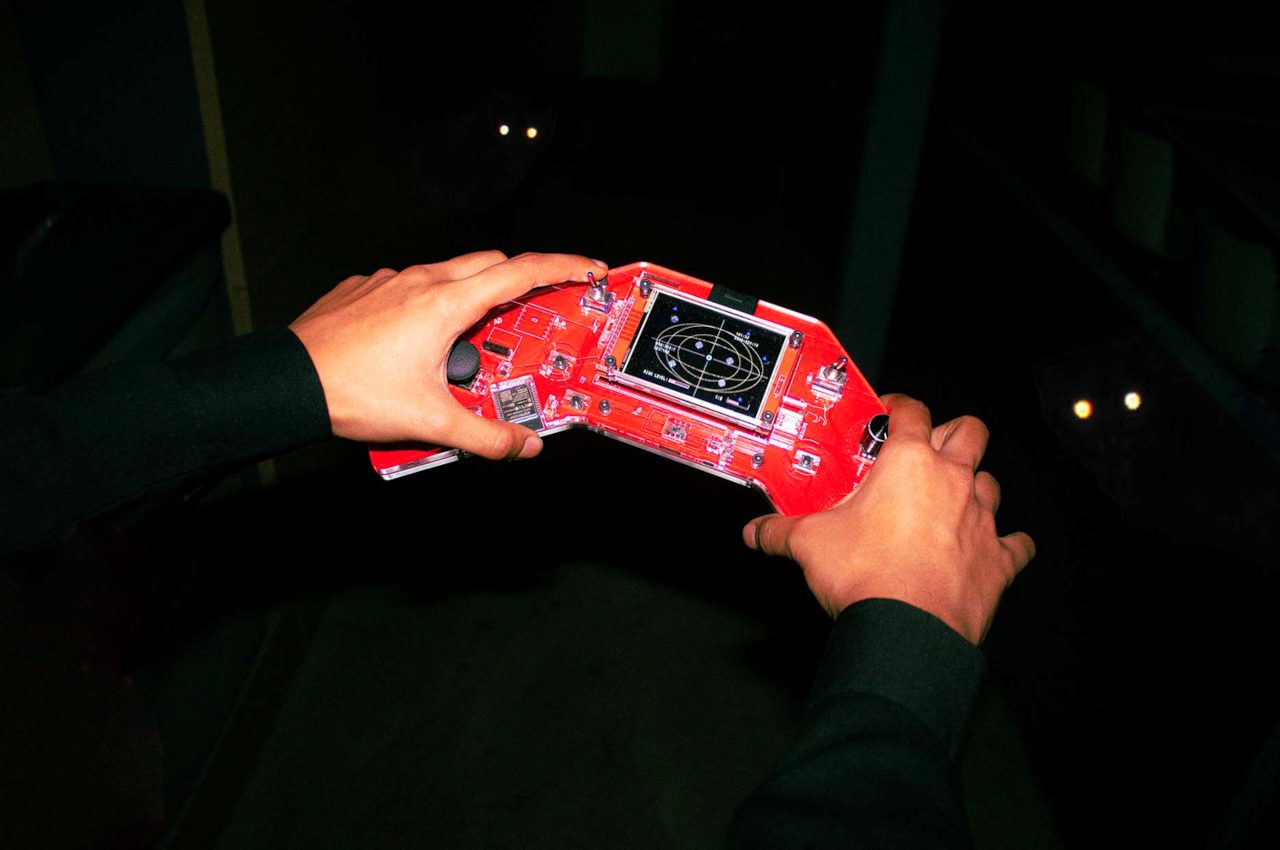
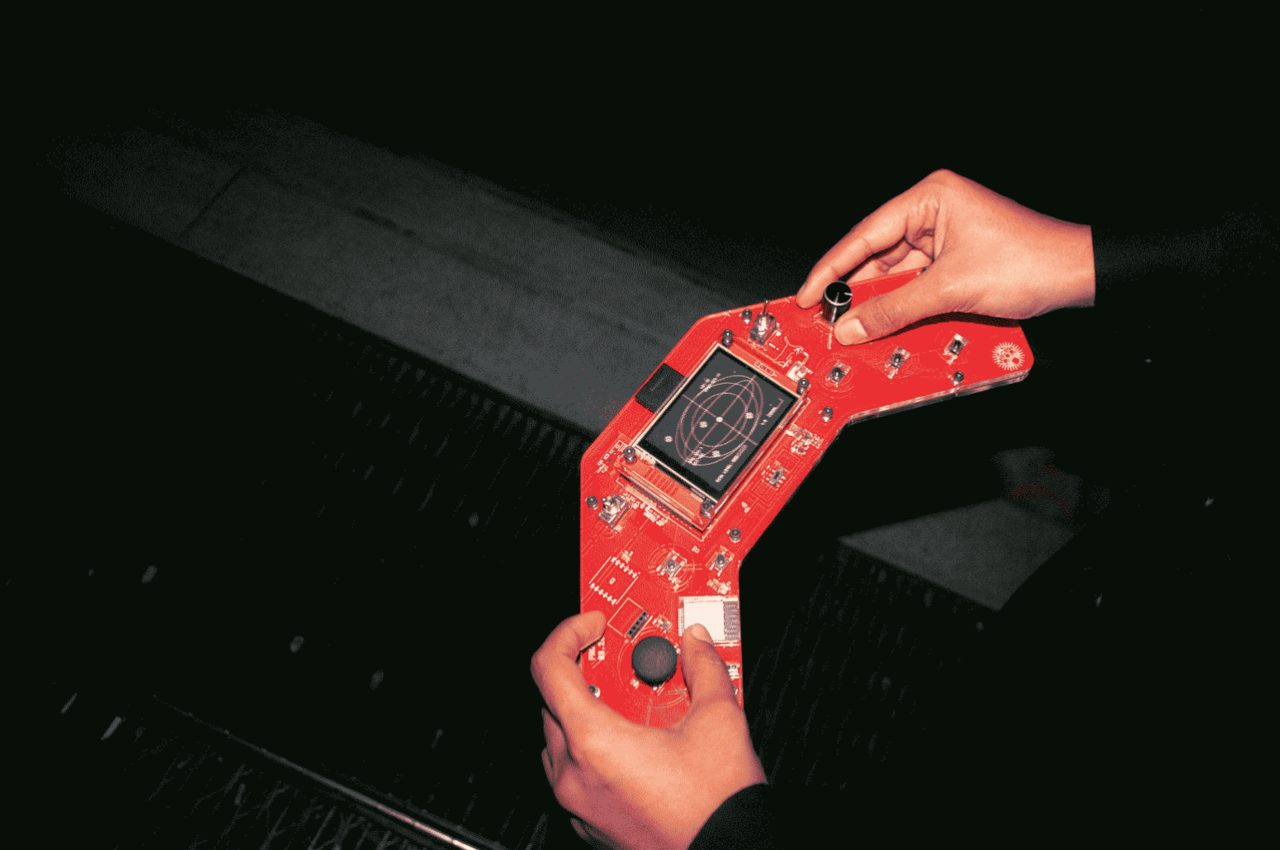
The post This Hand-Made Portable Radar Detects Black Cats for Your Convenience first appeared on Yanko Design.
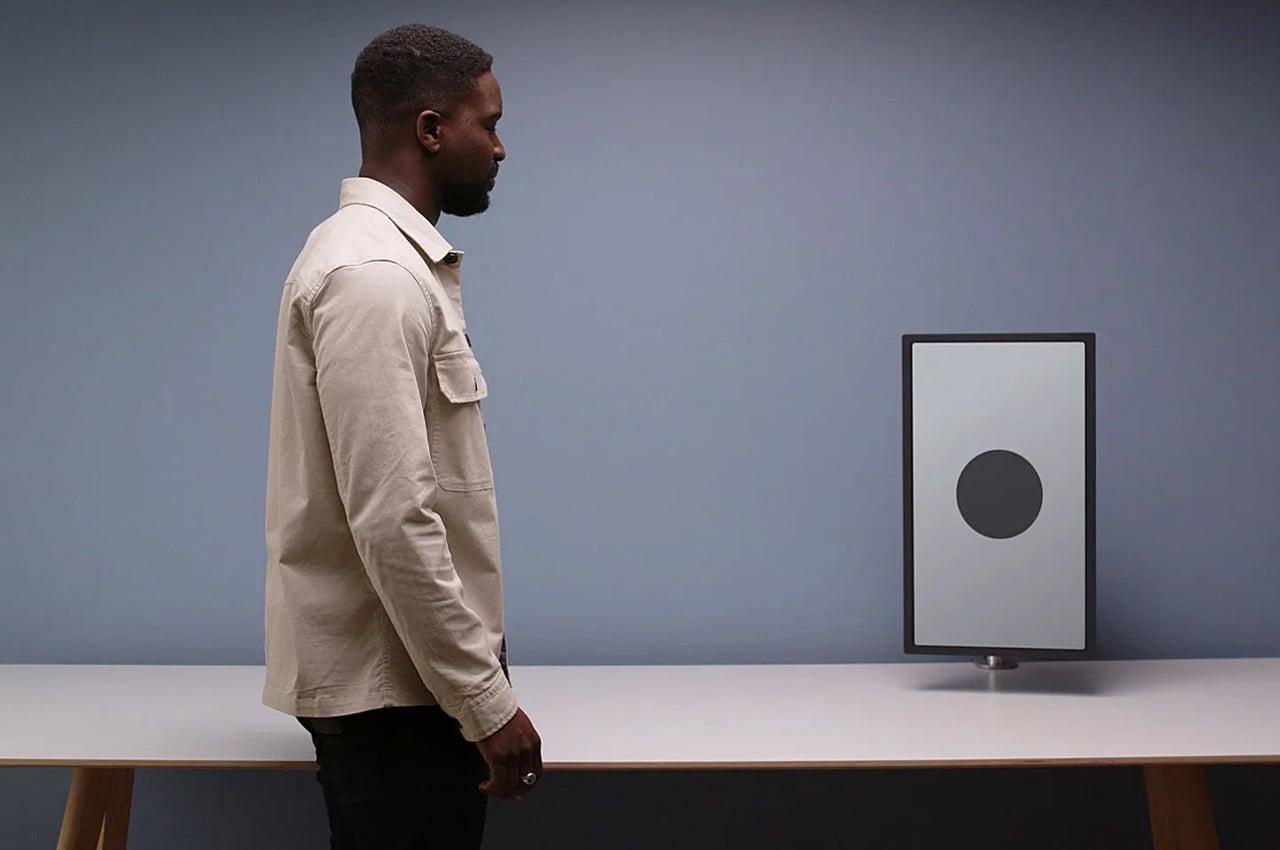
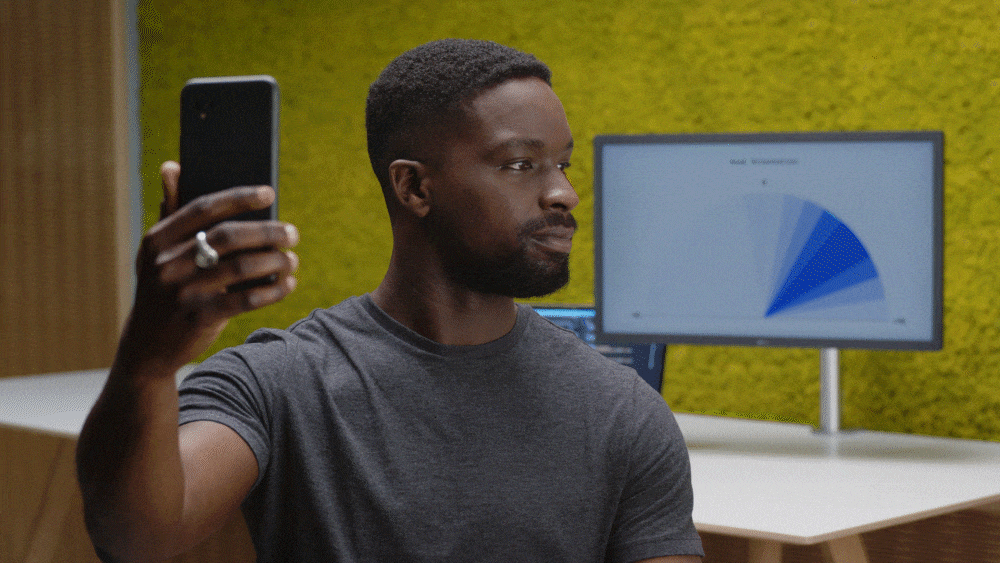
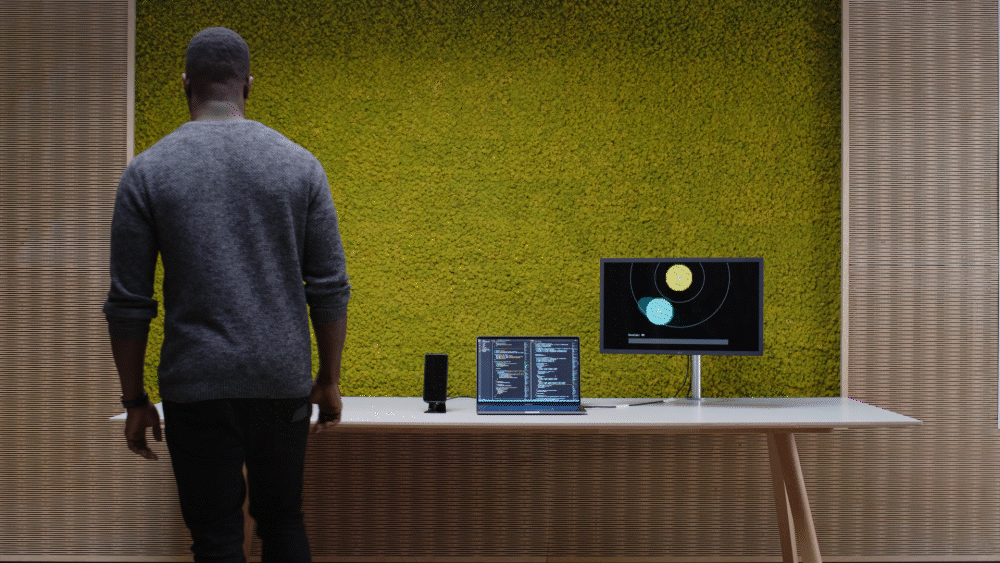
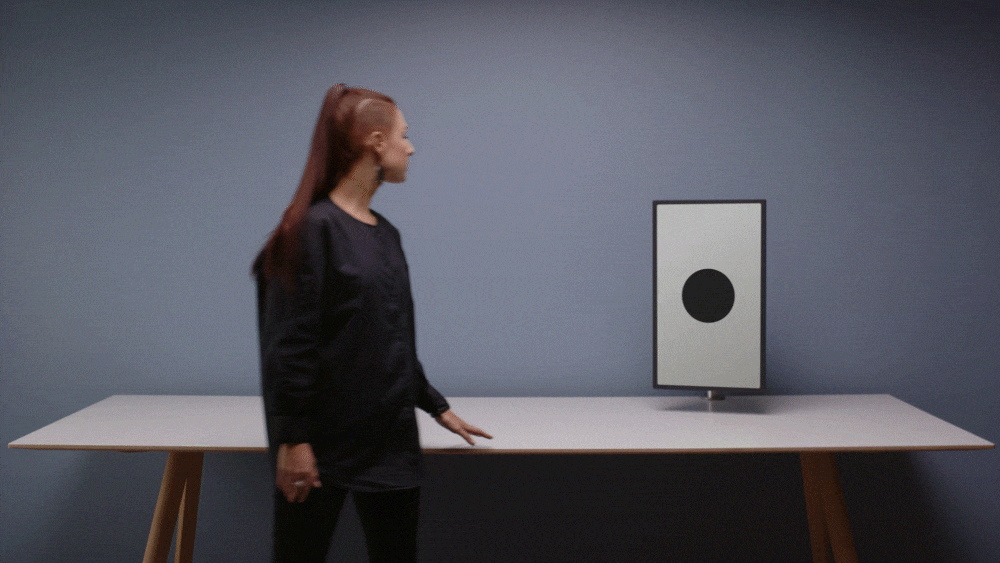
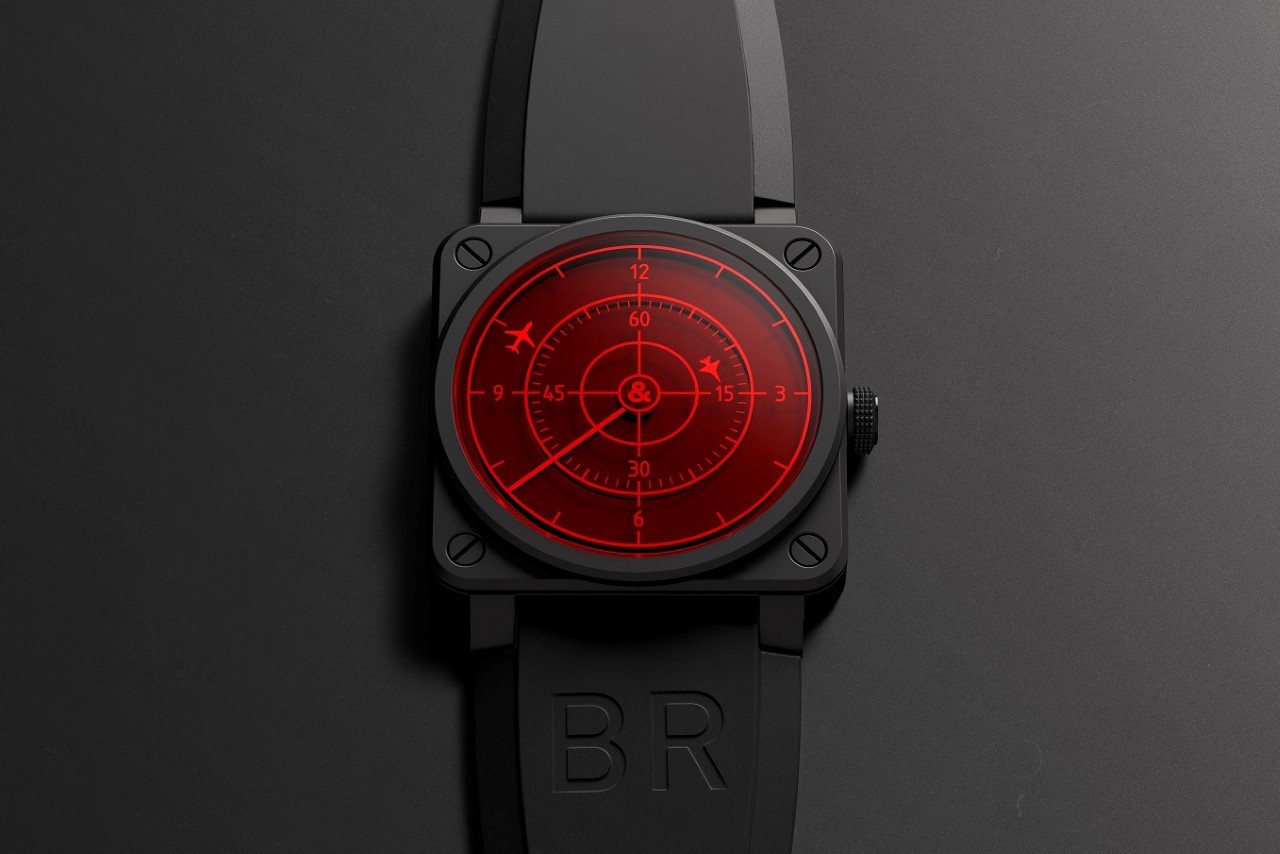
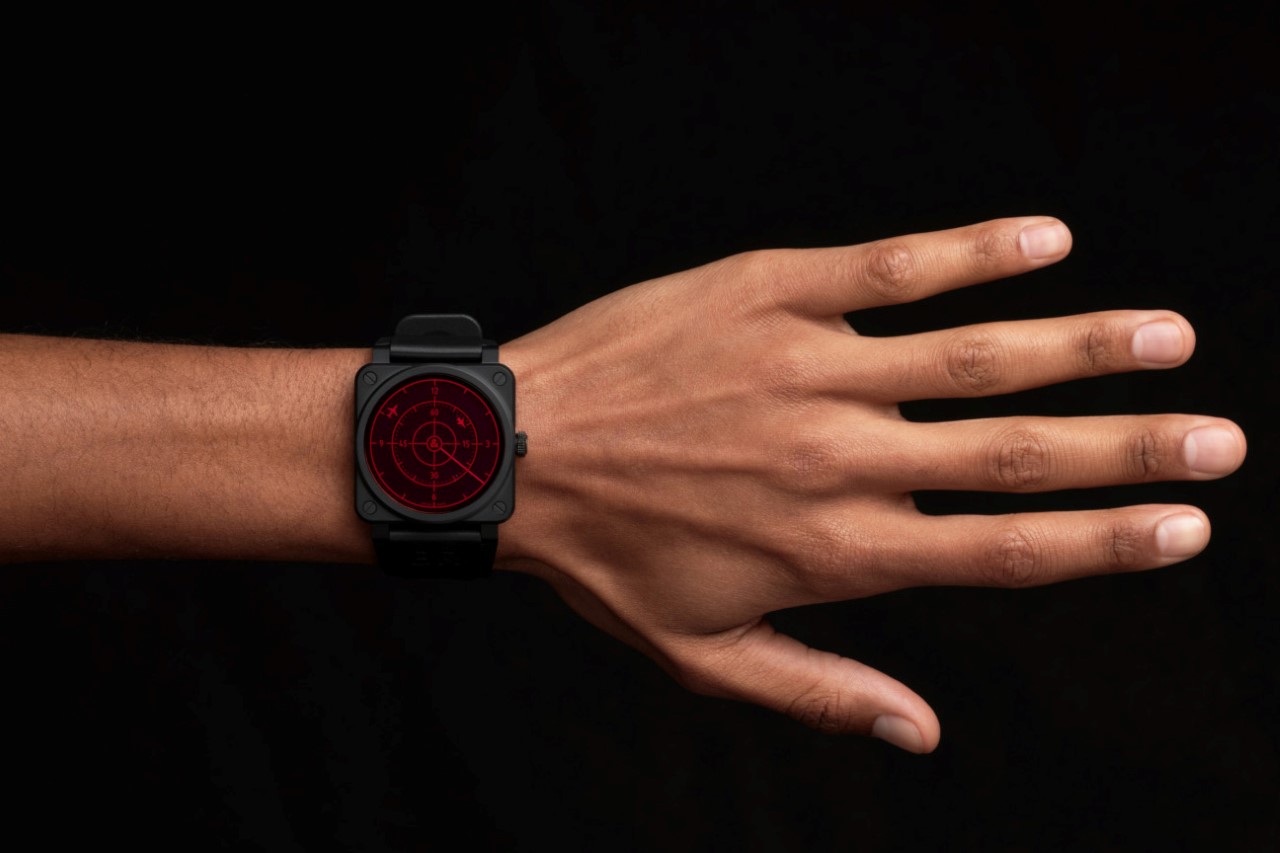
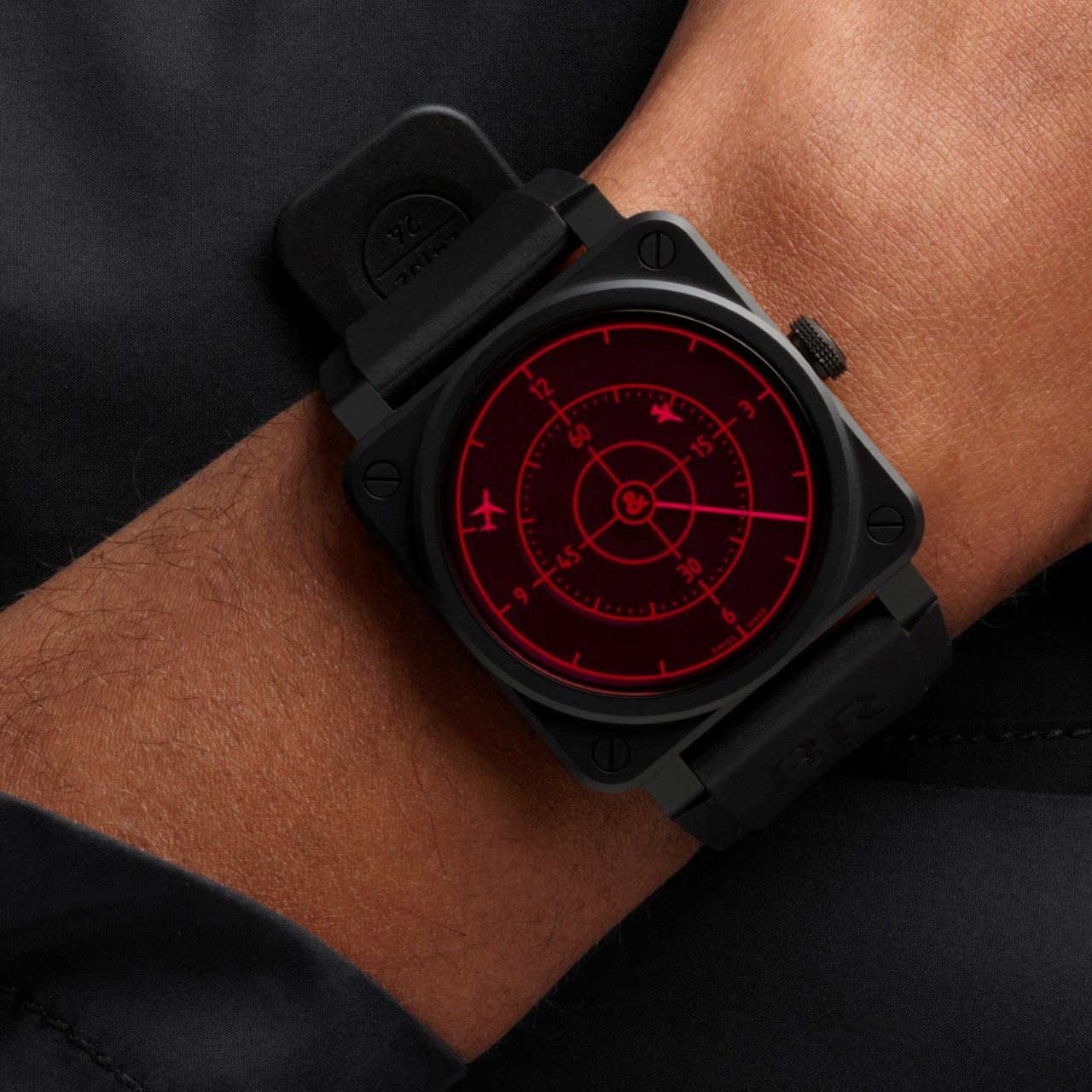
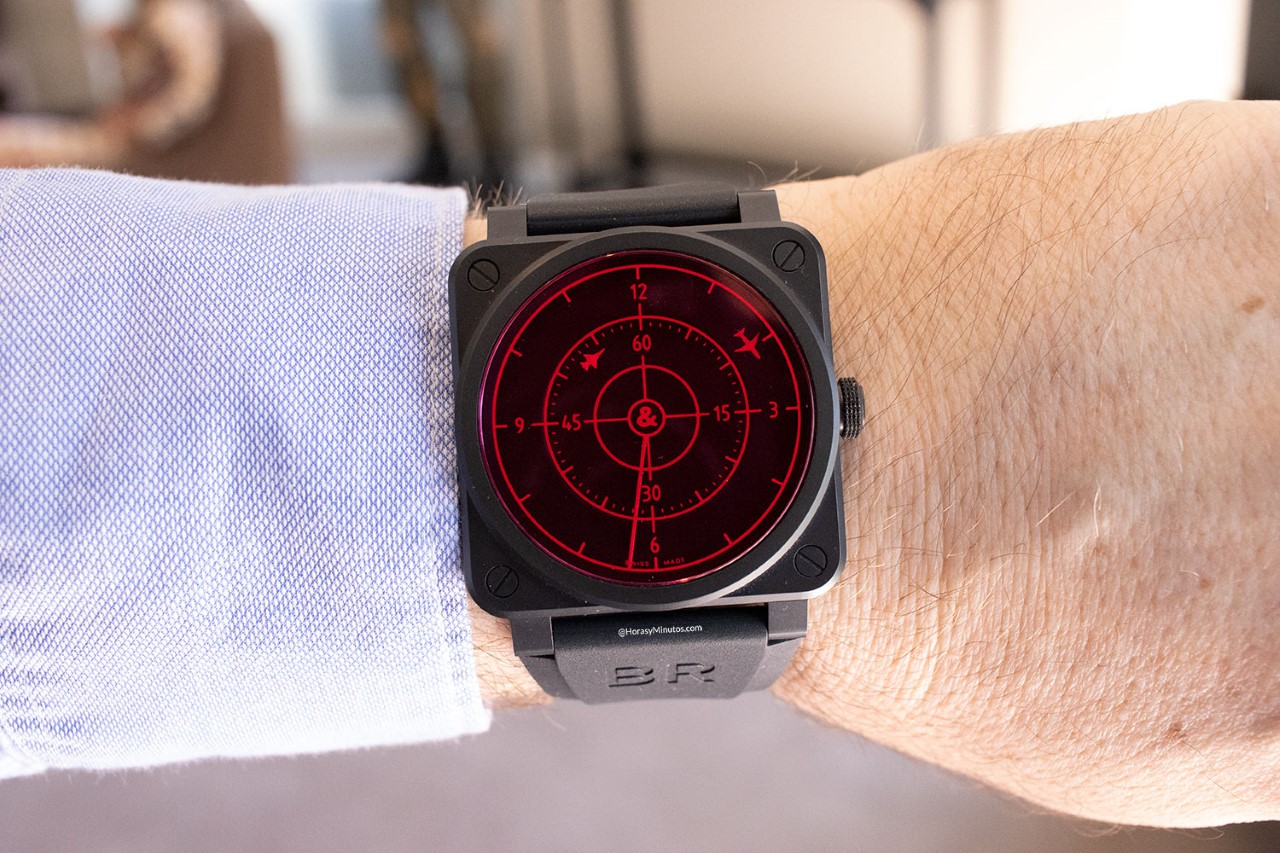
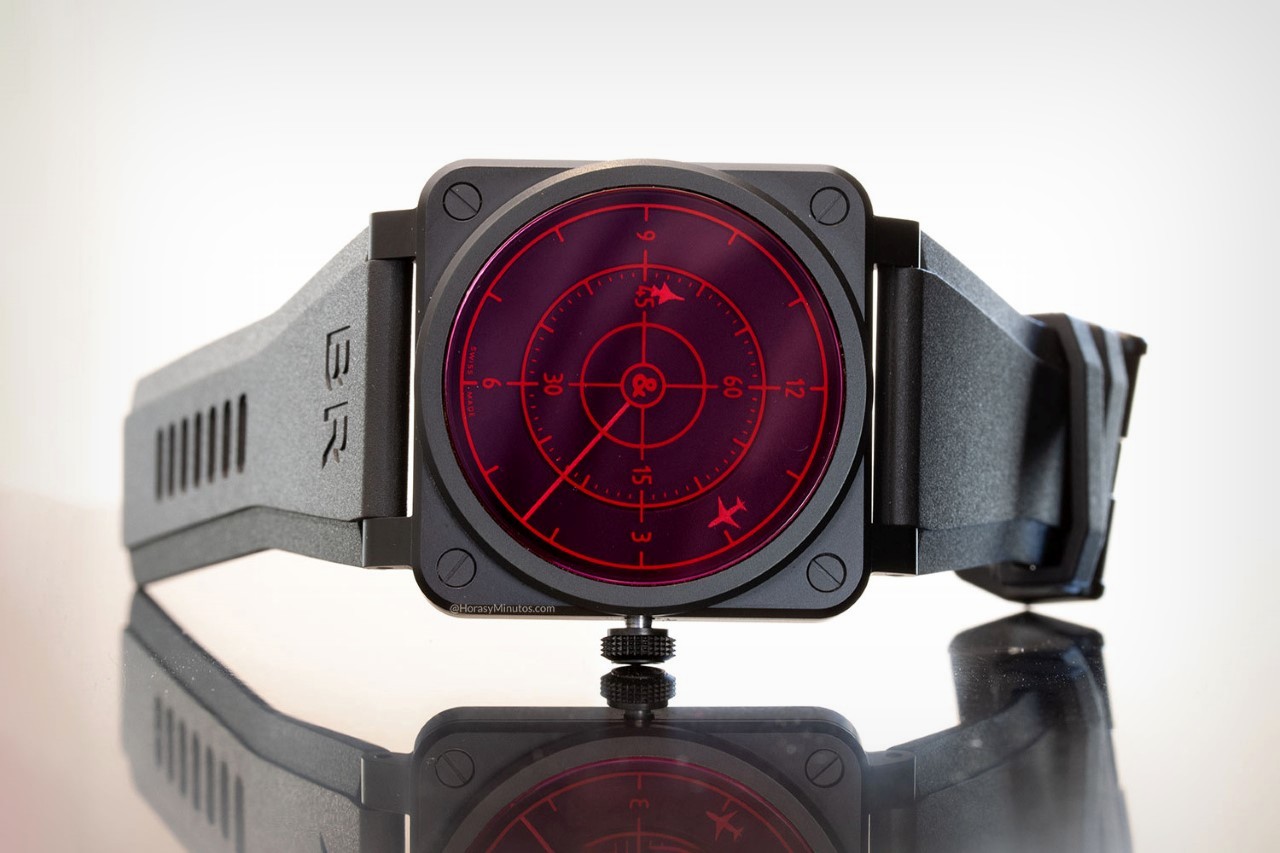
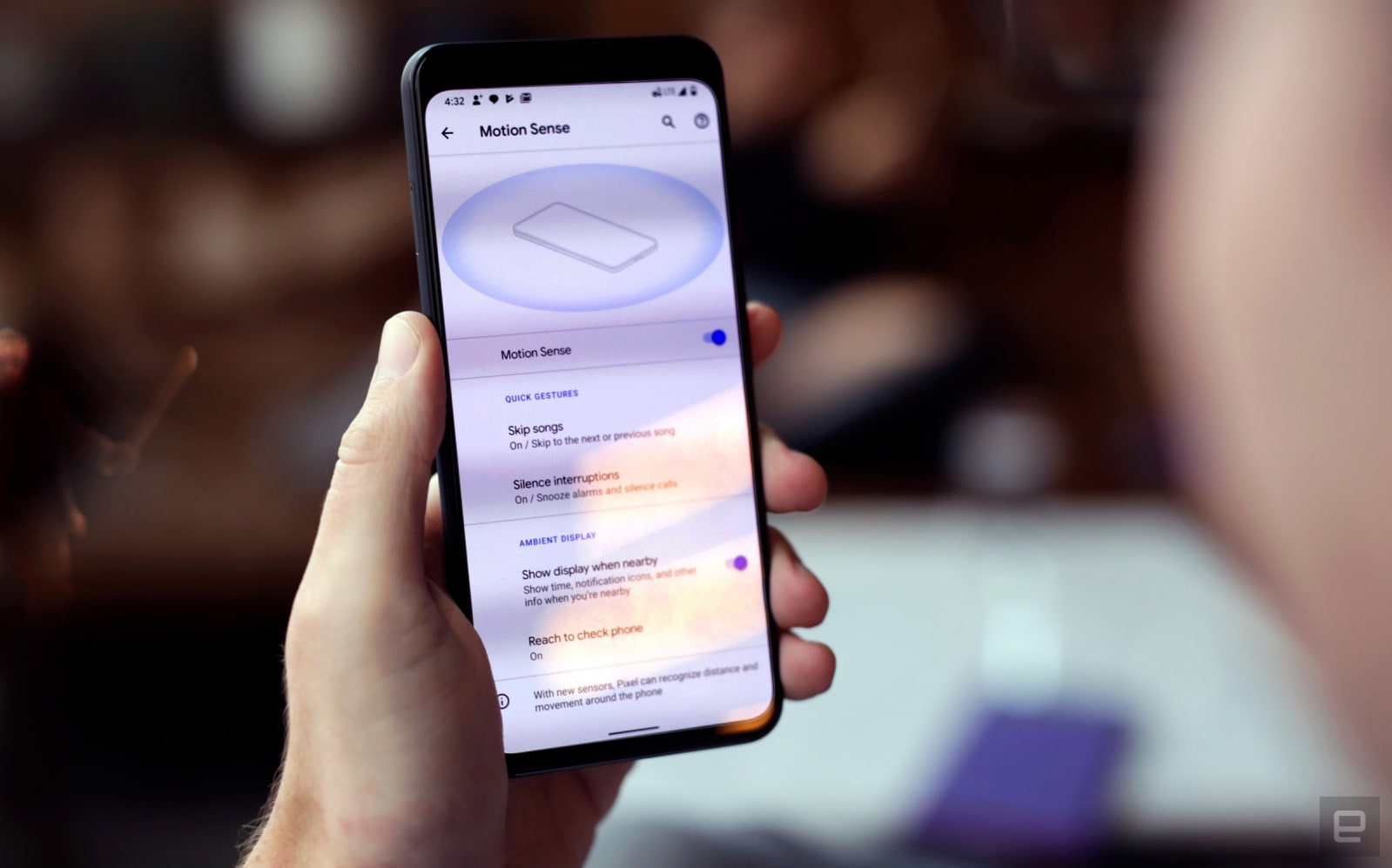 The Pixel 4's radar-powered Soli motion-sensing system now lets you play and pause music with a swipe, which might seem like a simple thing to implement. According to a new explainer post by Google, however, Soli doesn't work exactly how you might ex...
The Pixel 4's radar-powered Soli motion-sensing system now lets you play and pause music with a swipe, which might seem like a simple thing to implement. According to a new explainer post by Google, however, Soli doesn't work exactly how you might ex...
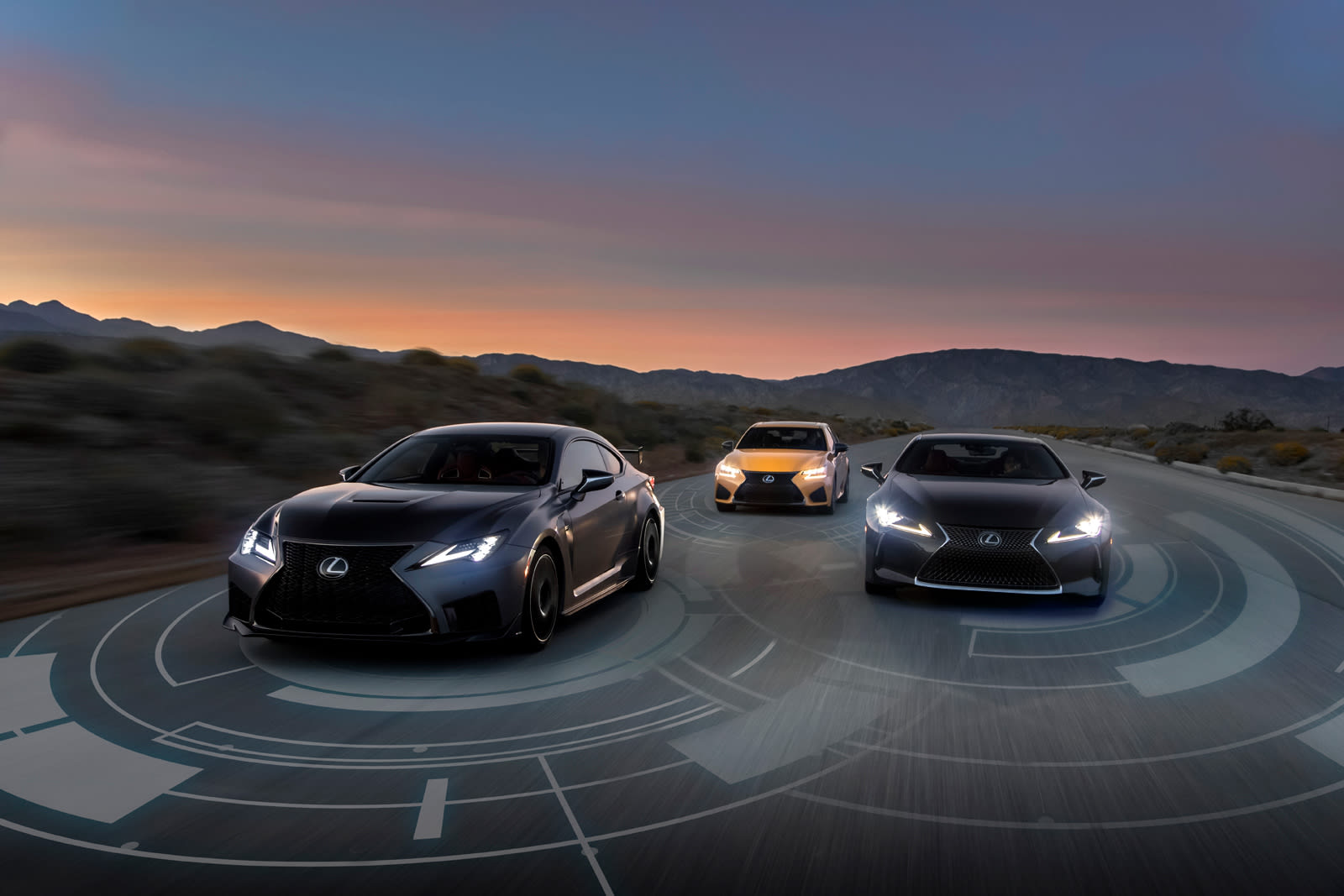 You'd think that luxury automakers would load their cars with safety tech by default, but that's not always the case -- it hasn't been for Lexus, anyway. However, the company is making amends for that shortfall. It's making its Safety System+ a stand...
You'd think that luxury automakers would load their cars with safety tech by default, but that's not always the case -- it hasn't been for Lexus, anyway. However, the company is making amends for that shortfall. It's making its Safety System+ a stand...
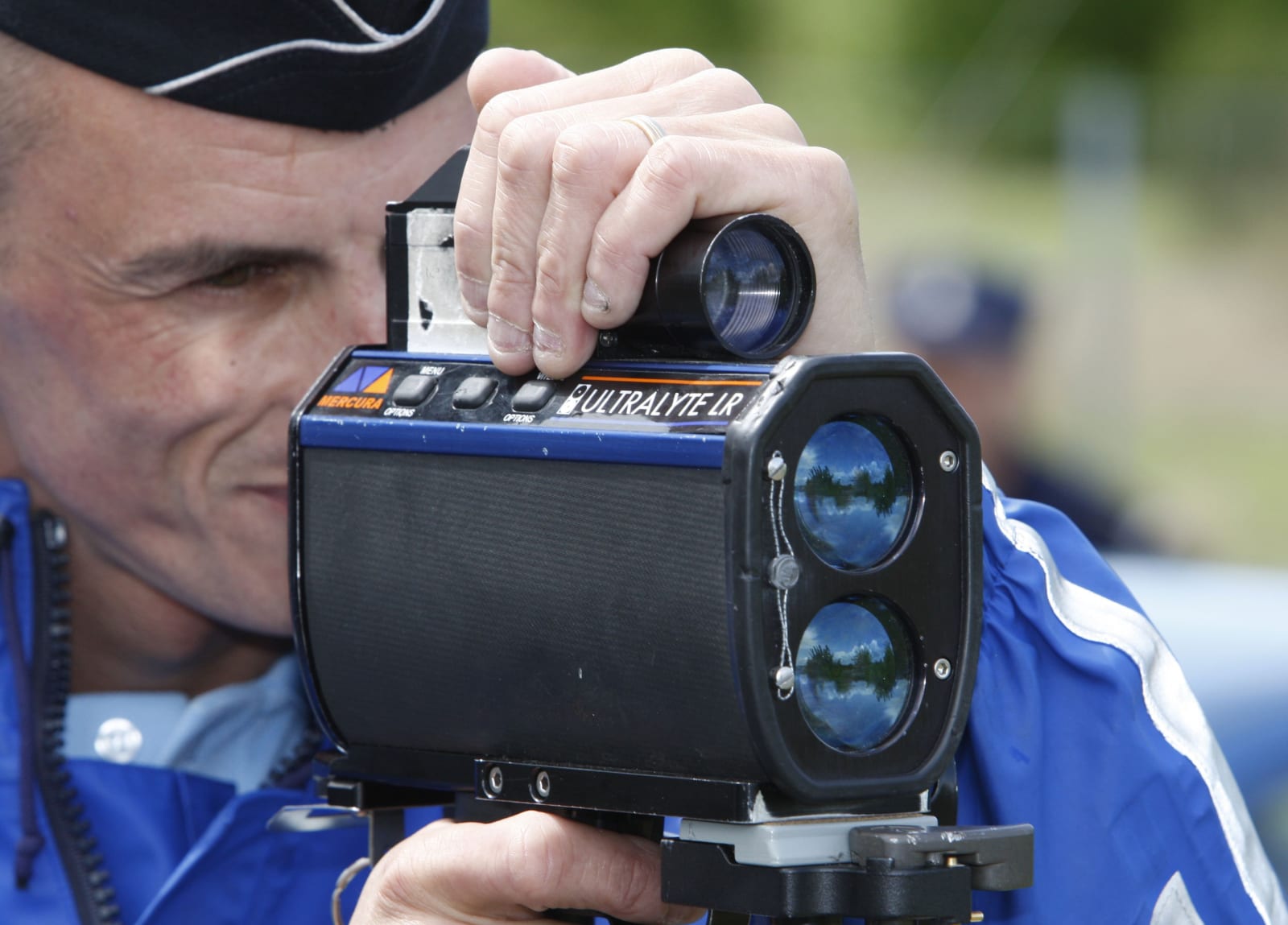 After running limited tests in the US and elsewhere, Google Maps is rolling out speed limit warnings and both fixed and mobile radar locations in over 40 countries, Google has confirmed to TechCrunch. The features are borrowed from Google-owned Waze...
After running limited tests in the US and elsewhere, Google Maps is rolling out speed limit warnings and both fixed and mobile radar locations in over 40 countries, Google has confirmed to TechCrunch. The features are borrowed from Google-owned Waze...
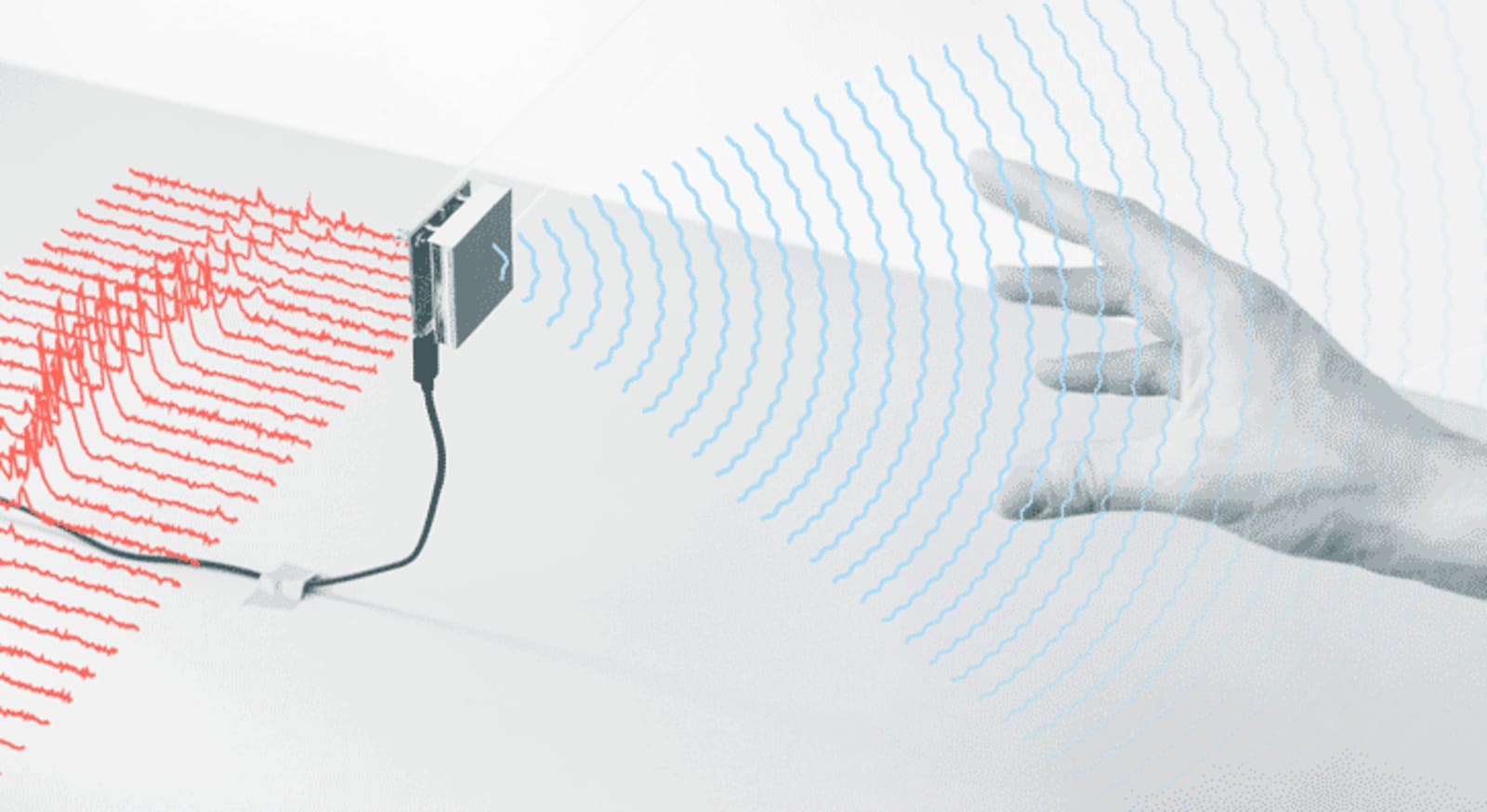 Google's Advanced Technology and Projects (ATAP) team has been working on Project Soli since 2015. The gesture-based system uses broad beam radar to detect and capture hand movements, turning them into commands for mobile devices. Until now, though,...
Google's Advanced Technology and Projects (ATAP) team has been working on Project Soli since 2015. The gesture-based system uses broad beam radar to detect and capture hand movements, turning them into commands for mobile devices. Until now, though,...